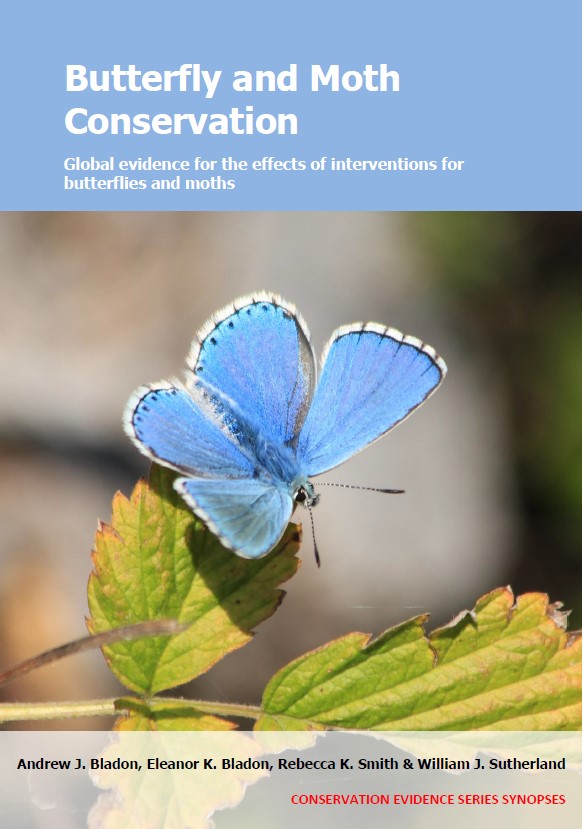Background information and definitions
Climate change threatens butterfly and moth species by shifting areas of suitable climatic conditions away from species’ historic ranges. For species with poor dispersal ability, tracking suitable climate across long distances is likely to be difficult, or even impossible. However, landscapes with more diverse microclimates are able to preserve species, by providing cooler climatic refuges (Suggitt et al. 2015, 2018). Therefore, increasing microclimate diversity by, for example, creating topographic features or increasing the structural diversity of habitats, may enable temperature sensitive species to persist (Davies et al. 2006, Suggitt et al. 2018). Improving habitat suitability more generally may also reduce the overall stress on populations, and increase their ability to cope with climatic changes (Walsh 2017). These features may also enable species which are shifting their ranges polewards to colonize new areas more quickly.
For studies on improving habitat to facilitate elevational or latitudinal range shifts, see “Protect and connect habitat along elevational gradients” and “Enhance natural habitat to improve landscape connectivity to allow for range shifts”.
Davies Z.G., Wilson R.J., Coles S. & Thomas C.D. (2006) Changing habitat associations of a thermally constrained species, the silver-spotted skipper butterfly, in response to climate warming. Journal of Animal Ecology, 75, 247–256.
Suggitt A.J., Wilson R.J., August T.A., Fox R., Isaac N.J.B., Macgregor N.A., Morecroft M.D. & Maclean I.M.D. (2015) Microclimate affects landscape level persistence in the British Lepidoptera. Journal of Insect Conservation, 19, 237–253.
Suggitt A.J., Wilson R.J., Isaac N.J.B., Beale C.M., Auffret A.G., August T., Bennie J.J., Crick H.Q.P., Duffield S., Fox R., Hopkins J.J., Macgregor N.A., Morecroft M.D., Walker K.J. & Maclean I.M.D. (2018) Extinction risk from climate change is reduced by microclimatic buffering. Nature Climate Change, 8, 713–717.
Walsh R.O. (2017) Microclimate and biotic interactions affect Karner blue butterfly occupancy and persistence in managed oak savanna habitats. Journal of Insect Conservation, 21, 219–230.






)_2023.JPG)














